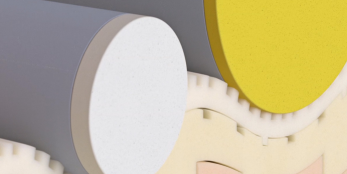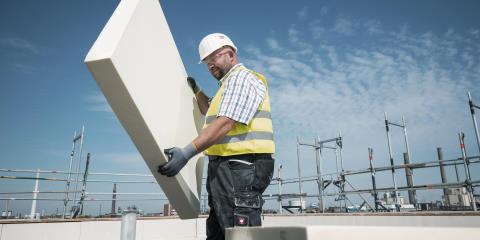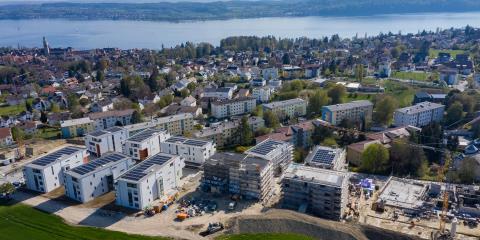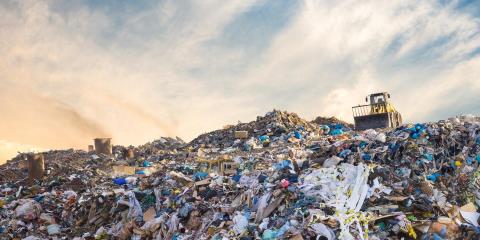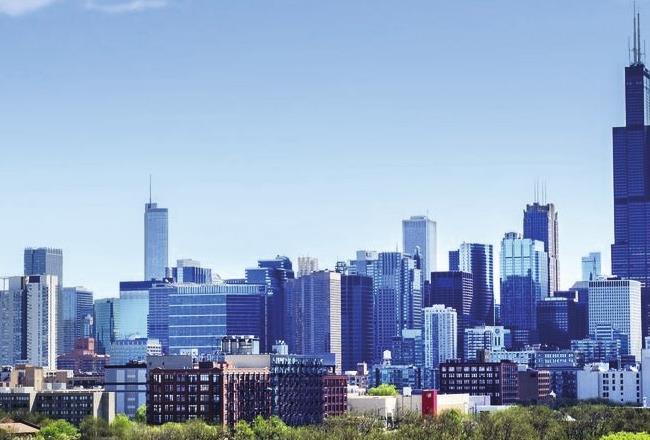
For livable cities
“If I can make it there, I'll make it anywhere”: Frank Sinatra's ode to New York sums up the unbroken appeal of cities. City life stands for freedom, development and diversity, promises advancement and prosperity. More than 80 percent of the world's gross domestic product is generated in cities.
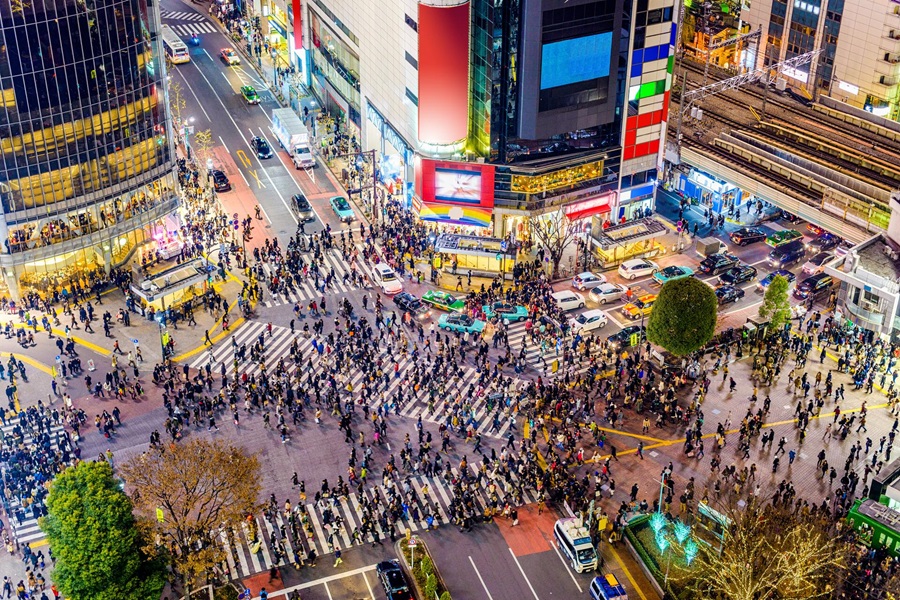
Constant influx into the cities
More and more people are moving to urban centers. There are currently 4.4 billion city dwellers - that's 56 percent of the world's population. By 2050, the proportion could rise to almost 70 percent. In China alone, 900 million people are expected to live in cities.
At the same time, the number of huge metropolises continues to increase at a breathtaking pace. While there are almost 580 megacities around the globe today, there will probably be over 700 by 2030.
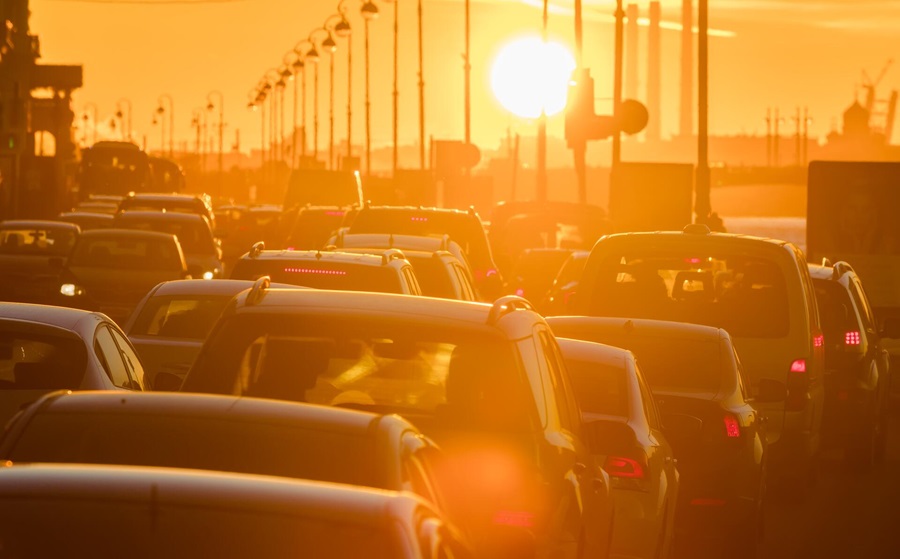
The downside of urbanization
However, the attractiveness of urban life also brings many problems with it. Large cities, especially in developing and emerging countries, are often inhospitable, sprawling juggernauts with excessive emissions, traffic and mountains of garbage. There are also social problems such as housing shortages.
Large carbon footprint
A particularly big challenge is the cities' enormous hunger for energy: They account for over two thirds of global energy consumption. Which is associated with a similarly high amount of climate-damaging emissions – cities are responsible for over 70 percent of global CO2 emissions.
Huge energy consumption
Heating, air conditioning, computers, stoves, refrigerators – there are a lot of often hidden energy guzzlers, especially in households and offices. As a result, the building sector accounts for around 37 percent of all energy-related CO2 emissions. Many houses are in need of renovation; In the European Union alone, 35 million inefficient buildings are to be modernized by 2030 as part of the Green Deal.
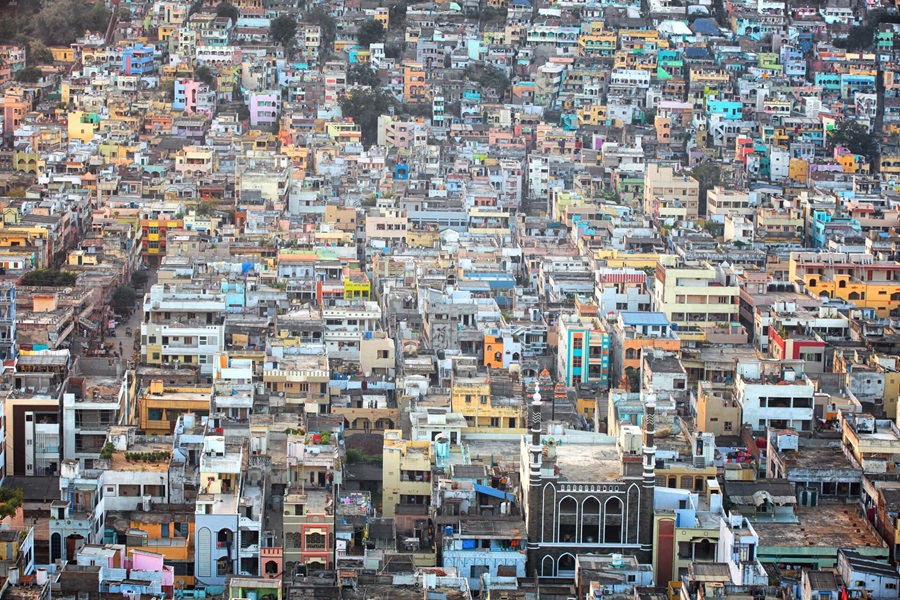
Excessive traffic and garbage
Another 15 percent of climate emissions are caused by traffic, which also contributes heavily to air and noise pollution. Added to this is the often inadequate waste disposal, being responsible for three to five percent of greenhouse gas emissions in cities. Worldwide, at least a third of municipal waste is not disposed of appropriately. Even rich metropolises like New York or Amsterdam have a significant waste problem.
Growing housing shortage
According to the UN, 1.6 billion people worldwide lack adequate housing; by 2030 the number could rise to three billion. An estimated 100 million people are homeless. Increasingly wealthy countries are also affected, where many citizens can no longer afford rents. In Germany, for example, according to a study there is a lack of 700,000 affordable apartments – the largest deficit in more than 20 years.
Numerous gigantic challenges can also bring many future-oriented solutions. These include efficient insulation for buildings, renewable energies and electromobility as well as smart infrastructure and the consistent switch to the circular economy. High-quality plastics help with this.
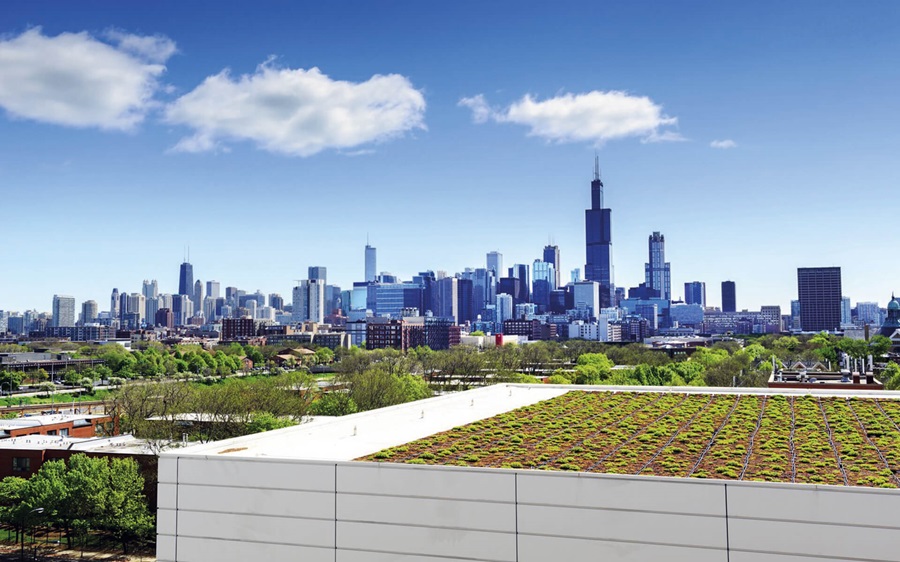
Covestro's contributions to livable cities
Covestro wants to help make buildings and cities more livable and environmentally friendly. The company contributes plastics and their components as well as technologies and ideas to get there.






